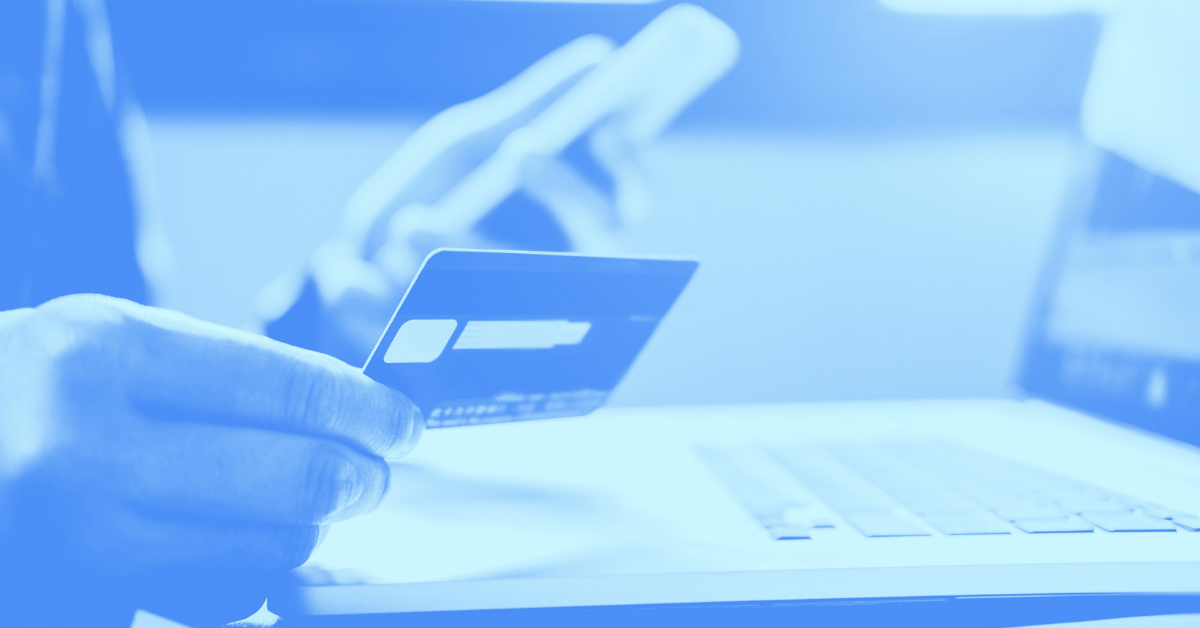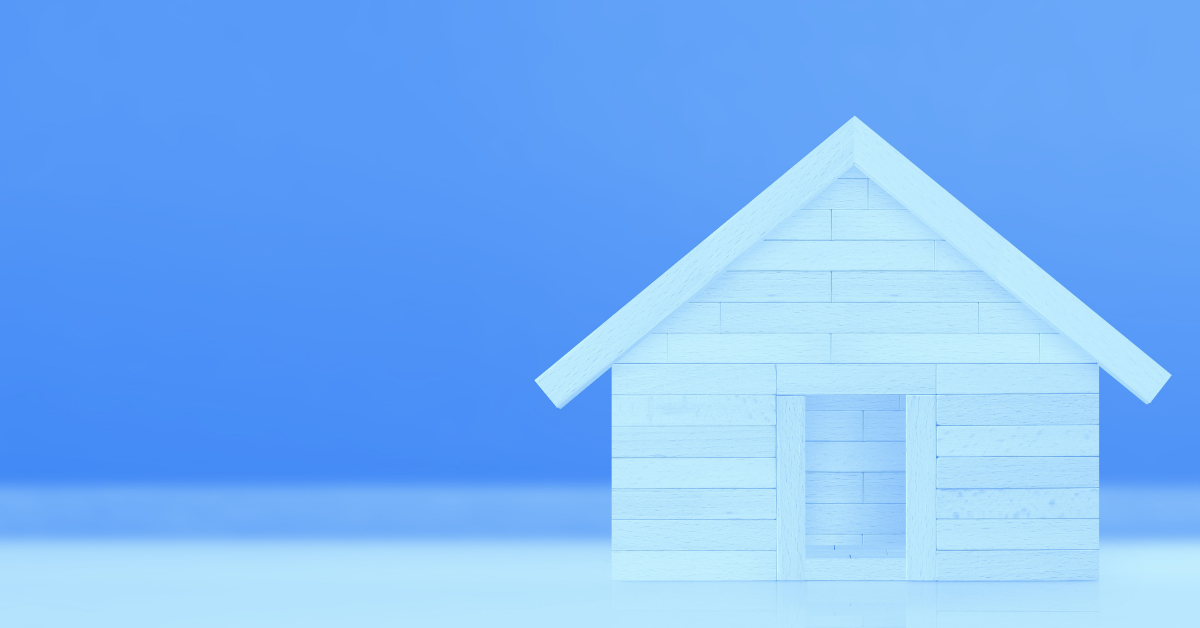Creating a Debt Hitlist
Share this

By: Tony Madsen, CFP
In the 10/20/30/40 budgeting plan that I recommend clients use as a guideline, I allocate 30% of a client’s after-tax income to debt repayment. Why? Because living in debt is the worst. With high interest rates you end up spending more paying off a loan than you would have if you paid for something outright – and living in debt has a major negative impact on your overall financial portfolio and sometimes your credit score. More than that, though, living in debt is psychologically upsetting. When you live your life feeling as though you’re constantly owing something to someone else, you never truly feel financially stable.
I firmly believe that paying down debt and living debt-free for the rest of your life should always be one of your top financial goals. Not only will you be mentally and emotionally better off when you live this way, you’ll also be in excellent financial shape to achieve other goals – big and small.
How Do You Pay Off Debt?
When I work with clients, I tend to steer away from complicated formulas and overly specific budget templates. My rule of thumb is to allocate 30% of your after-tax income to debt repayment.
And, before we move on, I want to be clear. Putting 30% of your income toward debt is the first goal, but living 100% debt free is the ultimate goal. Do not use the 30% figure as a guideline of whether or not you can pick up more debt!
Using 30% of your after-tax income is usually enough to make a significant impact on your debts, and you can still have enough wiggle room to contribute 10% of your after-tax income to charity, 20% to savings, and the rest of your income (40%) goes to essentials (like groceries and rent) or non-essentials (like drinks after work, or taking your kids to the zoo). The budget is flexible enough that you still have full control of your finances but you still get to have fun.
So how do you correctly allocate that 30% of your after-tax income to debt repayment? This requires a debt hitlist. If you just blindly throw money at your debt you’ll probably pay it off, but not as quickly or efficiently as you could if you had a debt hitlist plan in place. I want you to dig yourself out of your debt hole as quickly as possible – so let’s get strategic with your repayment.
Setting Up Your Debt Hitlist
First, grab a sheet of paper and a pencil. I always advocate for a concrete, on-paper strategy. It clarifies your goals and how you plan to achieve them. Next, write down all your debts. Start with consumer debt – that’s credit cards, auto loans, etc. Organize your consumer debt list from highest interest to lowest interest. Then, write down your non-consumer debt – that’s your student loans and your mortgage, if you have them. Organize those the same way you did your consumer debt – from highest interest to lowest.
Now that you’ve got your list, you’ve got a few other things you need to jot down next to each debt:
- How long do you have left until the debt is paid?
- What’s the monthly payment for each debt?
Evaluating Your Hitlist
Most people will tell you that it’s best to pay your high interest loans first. In most cases, this is true. The more you pay in interest, the more you’re overpaying on the original loan you took out. In many cases you could wind up paying double or more than the original loan was worth. This is not an ideal situation.
I’ve also had you list your consumer debt first. All debt sucks, but debt is technically classified as “good” and “bad” debt. Consumer debt – your credit cards, auto loans, etc. – is your “bad” debt. Student loans and mortgages are “good” debt. Your priority should be to get your “bad” debt paid first. But don’t make the mistake of thinking your “good” debt gets to stick around once the consumer debt is paid. No debt is ever truly good, and we should be prioritizing getting it all paid off as soon as possible.
I want you to notice something more than the interest rates attached to your debts, though. Do you have any loans are credit card debt that’s incredibly small? Do you have any debts or loans that have a larger monthly payment but are almost paid off?
Any debt that you have a negative emotion tied to (like the several thousand dollars of credit card debt you’re in because you thought you'd get really into scuba diving despite not living near water)? These are all notes you should jot down in the margins of your chart before deciding your best repayment strategy.
Paying Off Your Debt Using the Hitlist
First, I do believe that paying off your debts that have the highest interest first is a good idea. That’s usually the strategy I suggest – especially if your loans all have generally the same interest rates, monthly payments, or payoff date.
However, I also believe in freeing up cash flow to better utilize the money you’re paying off debt with. Remember those debts that are so small you could knock them out in a month or two? If you have any of these debts, I suggest paying them first. Once they’re paid off, you can allocate the money that was going toward paying them off to make extra payments on high interest debt.
I also believe in the psychological benefit of having a debt paid. This applies to a few different situations. First, if you’ve made a purchase you regret (see the above scuba diving situation) you’ll feel emotionally and mentally better when it’s been paid off. Next, take a look at any other debts you made notes about that have a short payment time left or a low balance. If you have loans with a small balance, feel free to knock those out. It’ll free up some extra cash flow to put towards other, more pressing debts.
If you noted a debt because the payments weren’t small but it was almost paid off, I think it’s okay to prioritize that debt after your small loans are paid off. There’s no sense in paying another six months on a loan if you could knock it out in three months and feel amazing knowing that a large amount of monthly money has been freed up. It also makes you feel like you’re winning in the battle against your debt – and it’s often an exhausting battle. Small wins make all the difference in your mental state.
Once you’ve paid your small-balance loans or the loans that were almost paid off already, or if you didn’t have any of those debts to begin with, you can focus your attention on paying your highest interest loan first. After that debt has been paid, move to the next highest interest loan until it’s paid, and so on.
Regardless of which loan or debt you’re working to pay off in this process, you should always be keeping your total debt repayment contribution right around that 30% of your after-tax income mark. To do this, calculate what 30% of your after-tax income is. Then set all of your debts to the lowest monthly payment available to you except for the loan you’re “working on.” Deduct the total amount of the minimum-payment loans from the amount (30%) of your income you’re dedicating to debt repayment. Whatever is leftover is how much you need to be contributing each month to the loan you’re currently working to pay off.
After a Debt is Paid
After you’ve paid a full loan or a total balance on a credit card bill, take the money that was going toward that payment and put it towards the next bill or debt on your hitlist. Keep snowballing your payments into one another. As you make your way down the list, you’ll be able to contribute more and more to the “top” debt you’re working to knock out, and things will speed up. And don’t forget to celebrate your wins! Celebrate with friends or a significant other – take them out to dinner or a coffee and pay cash. Enjoy this newfound debt free lifestyle you’re working toward!
Once your debt is completely paid off, the goal is to never be in debt again. Ever. You can use the 30% of your income that was going toward debt repayment to increase your savings for big-ticket purchases you’ve been thinking about – like a new car or an island vacation. Financial freedom and the ability to pay for things you want, regardless of the price, is an amazing feeling that you deserve to experience.
Are you ready to take control of your finances and pay down debt using the 10/20/30/40 plan? Get my free budgeting guide here to get started!
This article originally appeared on NewLeaf Financial Guidance

About the Author
Tony Madsen CFP is the founding member of NewLeaf Financial Guidance. Tony has a passion for working with his clients. He believes in using his financial planning expertise to simplify complex topics to help his clients gain understanding. His education-first style helps his clients to fully understand the reason why a strategy makes sense prior to implementation. Regardless of your style, from do-it-yourselfer to delegator, Tony can help to guide you through life's financial decisions. When he's not working, Tony enjoys spending time with his family, his friends, and involving himself in his faith.
Do you know XYPN advisors provide virtual services? They can work with clients in any state!
View Tony's profile
Share this
- Good Financial Reads (920)
- Financial Education & Resources (892)
- Lifestyle, Family, & Personal Finance (865)
- Market Trends (114)
- Investment Management (109)
- Bookkeeping (55)
- Employee Engagement (32)
- Business Development (31)
- Entrepreneurship (29)
- Financial Advisors (29)
- Client Services (17)
- Journey Makers (17)
- Fee-only advisor (12)
- Technology (8)
Subscribe by email
You May Also Like
These Related Stories

How to Tell Good Debt Versus Bad Debt

How To Buy A Home When You Have Substantial Student Loan Debt

